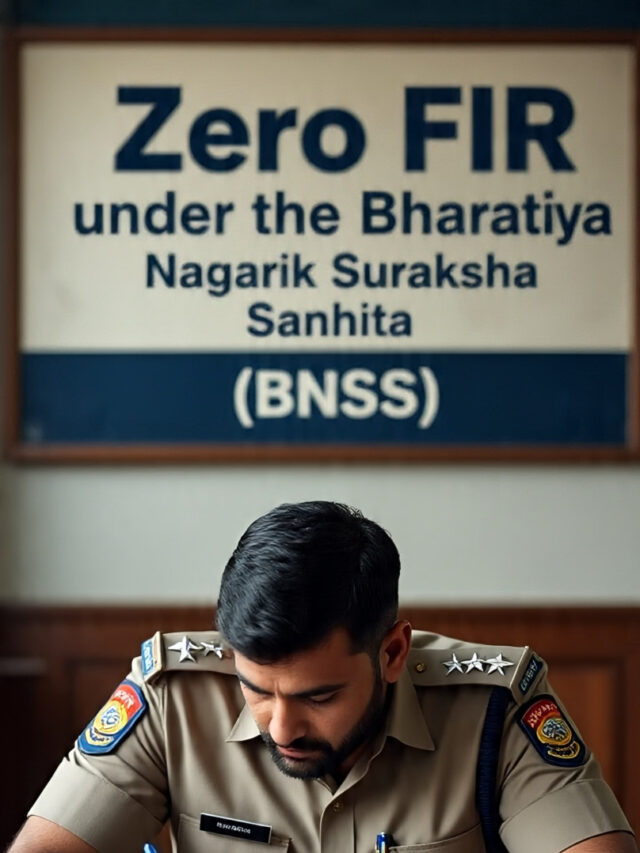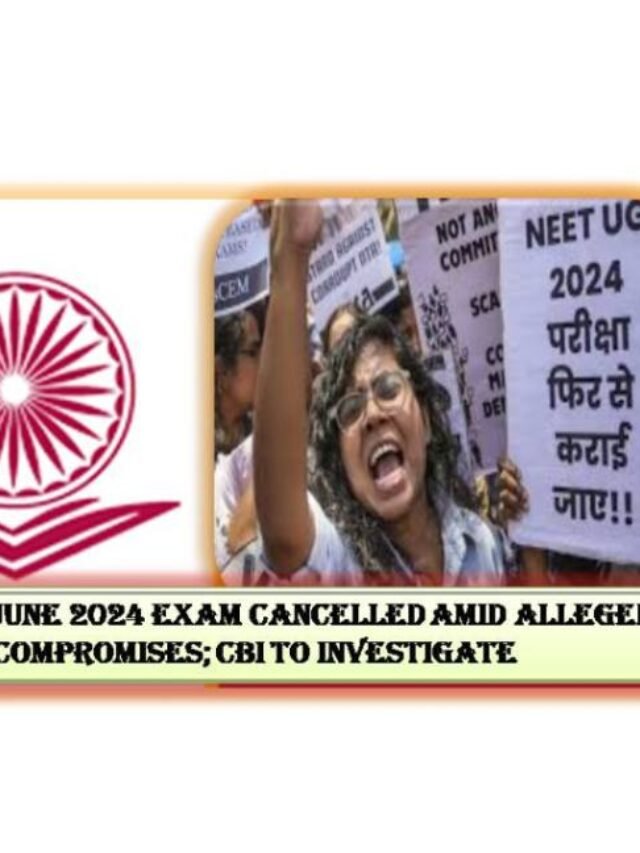The Shocking Honeymoon Murder: Raja–Sonam Raghuvanshi Case Explained Through Indian Law
In a case that has captured national attention, the mysterious death of Raja Raghuvanshi during a honeymoon trip to Meghalaya has unfolded into what appears to be a cold-blooded, premeditated murder. Sonam Raghuvanshi, the wife of the deceased, is currently under close scrutiny by the police.
Background and Key Events
Raja and Sonam, a recently married couple from Indore, had gone to Meghalaya for their honeymoon in late May 2025. The couple was last seen near a scenic waterfall on May 23. Days later, Raja’s body was discovered under Wei Sawdong Falls, showing signs of fatal injuries, particularly to the head. His mobile phone, valuables & other personal belongings were found to be missing
As investigations deepened, police uncovered evidence suggesting that Sonam may have planned the murder along with her former employee and alleged lover, Raj Kushwaha. A total of five people have been arrested, and police claim that Sonam led the conspiracy to kill her husband during their trip.
Legal Perspective: What Laws Apply?
The case brings several key sections of the Indian Penal Code (IPC) into focus:
- Section 302 IPC: Deals with the crime of murder, which can lead to a life sentence or even the death penalty.
- Section 120B IPC: Covers criminal conspiracy—when two or more people plan to commit a crime together.
- Section 34 IPC: Refers to acts done by several persons in furtherance of common intention.
- Section 201 IPC: Involves the destruction of evidence to cover up a crime.
From the legal standpoint, the nature of the murder—planned during a honeymoon, with involvement of multiple individuals—makes it a serious criminal conspiracy. The police have cited evidence such as CCTV footage, call logs, and items recovered from the scene (like Sonam’s ring and mangalsutra) to support the charges.
Investigative Developments
Authorities are conducting forensic tests, phone record analysis, and crime scene reconstructions to piece together the timeline. Sonam reportedly changed her phone multiple times, and her actions before and after the murder have raised strong suspicion. The court has granted police custody of all accused to continue interrogation.
Sonam’s family, meanwhile, has demanded a Central Bureau of Investigation (CBI) inquiry, raising concerns over potential mishandling by the local police.
Legal Consequences
If found guilty, Sonam and the co-accused could face life imprisonment or the death penalty under Section 302. The presence of pre-planning, involvement of multiple people, and the motive (possibly financial gain) may lead the court to consider the highest degree of punishment. The conspiracy charges under Section 120B add further legal weight.
Additionally, if evidence tampering is proven, Section 201 will come into play, leading to further penalties for obstruction of justice.
Conclusion
The Raja–Sonam Raghuvanshi case is not just a tragic personal story—it reflects how serious crimes like murder and conspiracy are handled under Indian law. With strong forensic and digital evidence, the prosecution appears to have built a solid case, but the final verdict will depend on how well the facts stand up in court.
As the case unfolds, it raises broader questions about trust, motive, and the limits of legal accountability in personal relationships. It also shows the importance of thorough investigations and the role of technology in modern criminal cases.

























